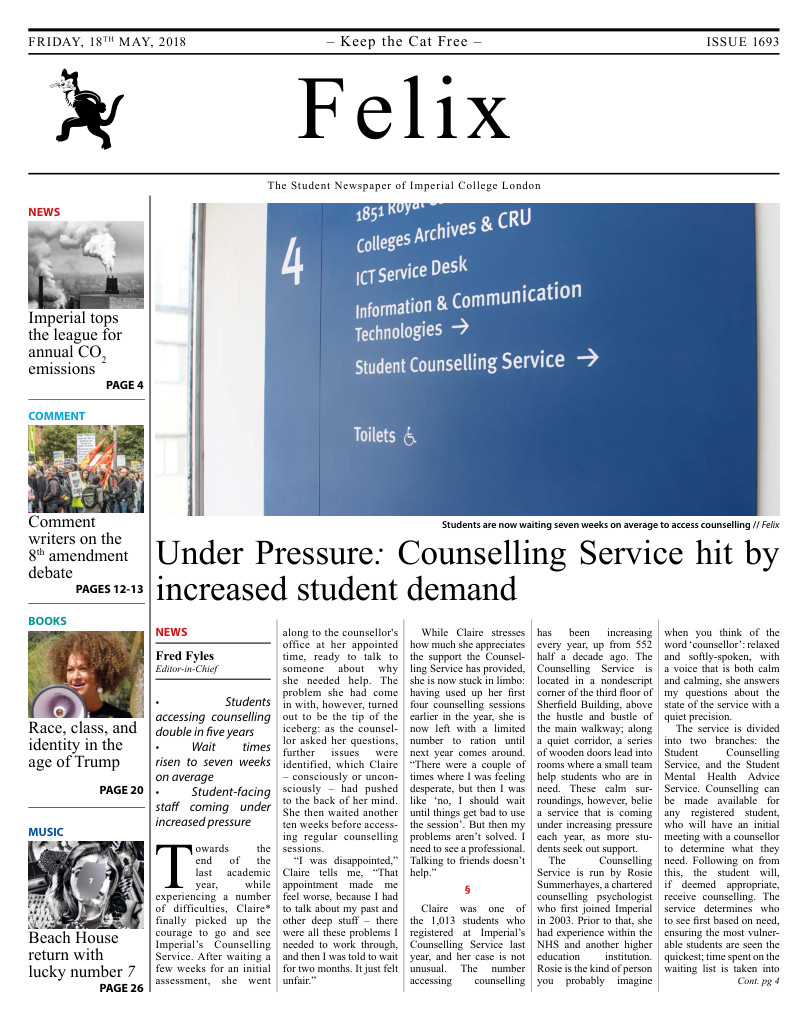Mistaken Identity – how should the left move forward from identity politics?
Asad Haider’s new book neatly skewers the problems with modern identity politics, but doesn’t go far enough in offering us a solution.

In June 2015, an interview conducted by KXLY, a small news outlet located in the city of Spokane, Washington, sparked heated debate across the world. For the first eight minutes, Jeff Humphrey, the interviewer, speaks to Rachel Dolezal, president of the local NAACP chapter, about hate crimes she’s experienced living as a black woman in the USA. In the last 30 seconds, however, he goes for the jugular, asking her: “are you African-American?” She walks away.
Dolezal, the chair of the Office of the Police Ombudsman Commission and an instructor in Africana studies at Eastern Washington University, is not African-American. She was born in Montana, to white parents, and, at some point after leaving her parents’ house for university, began presenting as an African-American woman. The revelation over her identity birthed a short-lived cycle of think-pieces and online commentary, before her image was simply recycled into a series of memes, which still crop up from time to time, with Dolezal becoming a by-word for the inauthentic appropriation of black culture and suffering by white individuals.
For Asad Haider, a founding editor of Viewpoint Magazine, a publication centred around Marxist theory and analysis, Dolezal’s story is emblematic of a much wider issue within contemporary political discourse: the problems contained within identity politics. Dolezal exercised her “sovereign right as an individual working within the framework of identity” when forming her public persona, and – if we are to look at why her case makes us uncomfortable – we need to analyse what we mean by identity.
Mistaken Identity: Race and Class in the Age of Trump attempts to do just that, neatly dissecting the current issues with identity politics, and looking to a black radical tradition to see how the left can move forward in the future. In a series of short chapters, Haider takes us through the formation of identity politics, the current problems it throws up for organisation and solidarity, and how it came to develop in this way.
Haider writes from personal experience: he describes his difficult relationship with the terrain of identity, with a childhood that left him “convinced of the impossibility of settling on fixed territory”. Born in Pennsylvania, he would spend every other summer visiting relatives in Karachi – split between these two experiences of the world, he settles on a world-view that does not fit into the American paradigm, left without “anything resembling an identity”. This confusion intensifies following the events of 9/11, which saw a “culture of condescending and exclusionary reactionism” mutate into an “undercurrent of open hostility”.
Haider is at his best when neatly skewering the most unproductive aspects of today’s discussions around identity. He takes umbrage with how theoretical ballast underpinning sociological and political concepts has been eroded over time – intersectionality, for instance, which legal scholar Kimberle Crenshaw based in materialistic reality, “now has an intellectual function comparable to ‘abracadabra’ or ‘dialectics’”.
Those who read the subtitle of the book and expect an analysis of how race or class really operate under Trump, however, will be disappointed. Haider very rarely touches on Trump, or the reason he managed to take the White House, and only mentions Hillary Clinton as an example of where identity politics becomes disconnected from a fully realised revolutionary agenda – a politics wholly constituted by the idea of identity, rather than formed through it.
Any discussion about political concepts needs to examine their foundations: you cannot have a debate about the current refugee crisis without asking what we mean by statehood or borders, and identity politics should not be mobilised without an interrogation of what we mean by identity. Haider is aware this can be tricky, since, in the absence of “other practical organisational efforts to combat racism, any questioning of the framework of identity seems like an attempt to deny the validity of the antiracist struggle.”
Haider compares identity politics to religious fundamentalism, saying “some choose the consolations of fundamentalism. But others choose the consolation of identity”. But he doesn’t seem to go far enough in identifying what these consolations are. He tracks the emergence of identity politics in its current manifestation as a result of both a black elite prioritising racial unity as a means of preventing solidarity among the working class, and a neoliberal agenda that divorced progressive language from its grassroots base, leaving it hollow. This is all well and good, but the popularity of identity politics within online discourse must have more to it.
Ultimately, what frustrates Haider about identity politics seems to be how it has become a substitute for real-world organisation and action. Activists have “allowed politics to be reduced to the policing of our language” while “the institutional structures of racial and economic oppression persisted.” The turn away from a revolutionary nationalism, which Haider identifies in the work of mid-century black radicals, has allowed the capitalist state to absorb their challenges. To fight back against Trump, we need to “provide alternative visions, languages, and practices”. Unfortunately, while this book is a good start to the conversation, Haider is unable to offer us a practical vision of what this new reality might be.
Mistaken Identity: Race and Class in the Age of Trump by Asad Haider Verso. 144 pp.










